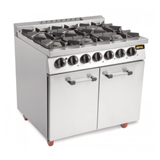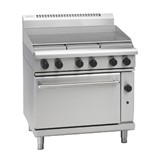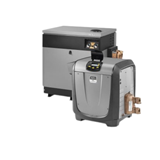Whether one chooses an electric hob, an induction cooktop feature or prefers to install a gas cooktop, it’s important to know exactly what you are purchasing, to get the most out of your investment.
When it comes to spending thousands of dollars on a cooktop, it’s essential to consider the options and weigh up the positives and negatives of each option. A great cooktop should be a chef’s best friend, and their preferences, budget, existing power connections, and kitchen focus will all come into play when choosing the right cooktop.
The ideal commercial cooktop
When buying for a professional kitchen, it’s important to consider the features that come with a cooktop. From the number and size of burners to the energy efficiency of the machine, you’ll want to choose a cooktop that is safe and simple to use and clean.
While chefs might have different priorities, the ideal commercial cooktop should have the following features:
- Appropriate burner layout - Choose a variety of different sized burners and hot plates with varying power to match the kitchen’s style of cooking. This allows one to boil, steam, sauté and fry multiple dishes at one time. For example, a cooktop suitable for Asian cooking might not be appropriate for simmering sauces or tempering chocolate, and one should consider the surface layout of a cooktop to make sure it suits the needs of the kitchen.
- An efficient extraction fan - Extraction fans are used to clear the kitchen air from possible pollutants, steam and oil. This is important for keeping the air in a kitchen environment healthy.
- Energy efficiency - What might be more expensive to install could have a big impact on long term expenses while lowering a kitchen’s carbon footprint
- Opportunity for additions - Depending on the use of the kitchen, one might need to consider investing in a heavy-duty cooktop that is designed to be joined together with other appliances and ranges. For example, if you cook Asian food in large quantities, you might benefit from having a separate wok burner next to your conventional cooktop. Alternatively, a stockpot cooktop, which sits lower to the ground and has an extra-large single burner with a simmering feature, might come into use.
- Opportunity for customisation - It’s becoming common for Australian chefs to choose commercial cooking equipment which is designed to suit the individual needs of their kitchens. Certain modular ranges offer personalised cooking suite layouts throughout Australia. Chefs can choose from a range of electric and gas products and design their kitchen cook in the most efficient way for their needs, making better use of space and maximising productivity.
- Warranty and insurance - Ensure the purchase comes with a long-term warranty to protect your investment, in case anything breaks or doesn’t work the way it should.
Gas cooktops
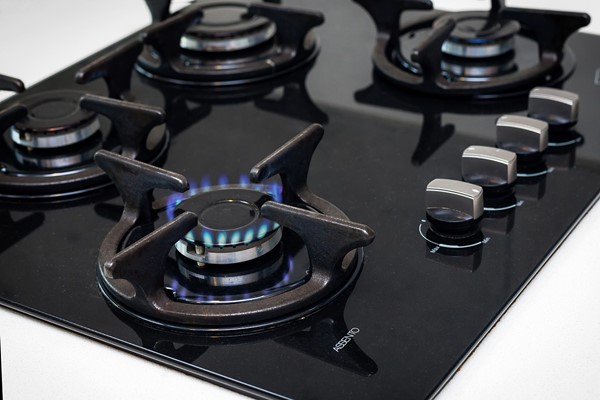
How do they work?
A gas cooktop consists of a gas burner that is connected to a gas mainline or a private gas supply. The cooktop uses a small amount of electricity to ignite the gas, which is released when the dials are turned. The gas then travels through a thin tube and valve, and when combined with oxygen, ignites and creates a flame.
Advantages:
With a wide range of gas cooktops available on the market, one can choose from raised or flush hobs, a stainless steel or glass frame, different finishes, layouts and sizes as well as whether to use propane or natural gas.
Gas cooks remain the most popular option for commercial kitchens for a range of reasons. Firstly, they allow for finer control of cooking temperatures than electric cooks, letting chefs experience more responsive temperature adjustments.
They are useful for kitchens that cook food on open flame heat, such as wok stir-frys or Spanish paella. Gas hobs are also commonly used for heating extra-large pots (such as stock pots) over a long period of time.
While gas cooks don’t offer an exact electric temperature gauge, many chefs enjoy the visual appeal of the flame, which allows them to manually judge the heat of the cooktop. A gas flame offers immediate heat and will get to boiling temperature in a matter of seconds.
Gas hobs are fitted with cast iron pot stands which are durable enough to withstand tossing and sauteing actions, whereas glass-topped induction or ceramic-glass electric cooktops need to be specifically designed to withstand heavy force often used in a commercial kitchen. These cooktops are also relatively safe to use, and modern gas burners are created with a safety system that stops unburnt gas from leaking in cases where the flame suddenly goes out.
Because crude oil still dominates Australia’s energy share, gas options are slightly more expensive to install and operate than electric hobs, yet cause much less harm to the environment when compared to traditional electricity. They make use of a small amount of electricity to ignite the pilot light and are paired to work using either natural gas or propane. While electric cooktops need 220 to 240 voltage outlets to work, most gas cooks can be connected to standard 120 voltage outlets.
What to choose: natural gas or propane
Natural gas is a fossil fuel that is extracted from the ground. It is composed of methane, carbon dioxide, nitrogen and helium, and although it is not a renewable energy source, it is considered cleaner than other fossil fuels.
Propane is a refined fuel that is extracted from crude oil and petroleum gas. It is easily portable in highly pressurised containers and has a higher power rating than natural gas, meaning it heats quicker while using less fuel than a natural gas alternative.
While the actual product of natural gas is cheaper than propane, propane is the cheaper cooking option because it does not need a gas network connection, which increases operational costs. Propane can be simply purchased and transported in the desired quantities and has a much higher energy content than natural gas, making it both more efficient and cost-effective.
Disadvantages:
The most obvious disadvantage of a gas burner is that it is more expensive to install and needs a professional service to do so. Connecting an appliance to a gas line should always be done by a professional, whereas electric and induction cooktops don’t have this extra cost.
Gas cooktops are more difficult to clean than electric or induction alternatives. The daily cleaning of a commercial gas cooktop can use time, energy and water, as one needs to remove and clean the pot stands, burners, valves, control knobs and gas discs before cleaning the body and surface of the cooktop.
Those looking to purchase a gas cook should be aware of the floor surface they plan to place the cook on, as residual heat from a large commercial gas cooktop can cause tiled flooring to crack.
Another major disadvantage is the compromised air quality created by using gas indoors. Burning gas emits nitrogen dioxide and carbon monoxide and can cause lung issues for those with breathing difficulties. This being said, an effective cook hood should absorb most of these fumes.
Induction Cooktops
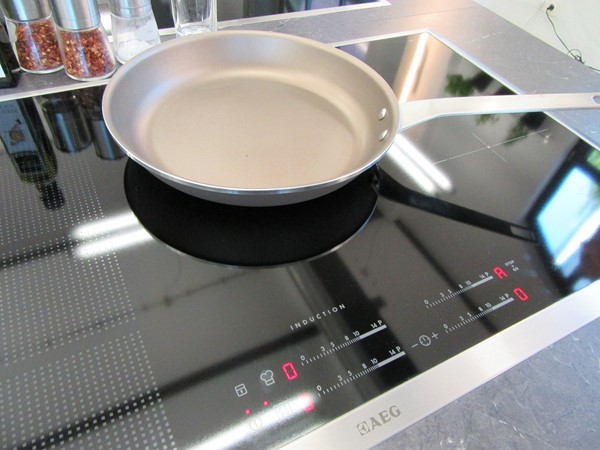
How do they work?
Induction cooktops look very similar to modern electric cooktops, yet are much more efficient. They include a glass surface fitted with internal copper wires, which make use of electromagnetic waves to directly affect the temperature of your cookware. In this sense, no heat is lost through the transition from element to cookware, and one’s pots and pans become the source of heat instead of the cooktop itself.
These cooktops only produce heat when there is cookware placed on top of them, even if the unit is switched on. Induction cooking is extremely reliable and energy-efficient, offering almost instant heating and cooling with no wasted heat and power.
Advantages:
The biggest advantages of induction cooktops are their impressive energy efficiency and safety features, and it’s no surprise that many commercial kitchens have switched to induction equipment in recent years. While they use a small amount of electricity to produce an electromagnetic field, they cook food faster while using less energy than an electric cook, making them the most energy-efficient option of the three.
Experiments show that burning natural gas on a gas cooktop (which is better for the environment than propane) releases 1.16 pounds of Co2 when boiling water, whereas an induction cook powered by electricity releases only 0.29 pounds of Co2. This type of cooking is the most effective of the three, directing 90% of generated heat into cookware, while gas directs only about 40% to 55%, and electric 65% to 70%.
Induction cooking is ideal for busy professional kitchens in warm climates, as the heat from a cooktop is concentrated into the cookware, and is not released into the atmosphere. This can lower expenses on other cooling systems such as extraction hoods and air conditioning.
Because there is no open flame or heated element, and the electromagnetic field is only activated when cookware is placed on top of the surface, this is an extremely safe form of cooking, with almost no risk of fire or burn injury.
Surprisingly, induction cooktops heat faster and maintain their heat better than gas alternatives. Studies show that an induction cook reaches boiling temperature in 5.8 seconds whereas a gas hob takes 8.3 seconds to reach the same heat. They are very responsive to changing temperatures and are designed with programming options to set personal timers and temperatures.
Induction cooktops are available in a range of shapes and sizes. Commercial induction ranges even offer inverted hotplates which fit wok vessels as well as large hotplates for stock-pots. Stainless steel induction woks can be found with heavy-duty glass-ceramic wok bowls. Others offer stock pots which can boil up to 20 litres of room temperature water in under 17 minutes.
While the initial cost of induction cooktops are costlier than both gas and electric alternatives, they have the lowest operational costs of the three. They are easy to install and simply need a high powered electrical outlet (220 - 240 voltage) to function, making them useful for large-scale, pop-up or mobile kitchens.
Their glass plate tops are sleek in design and easy to clean, and because the cooktop does not hold any heat, they can be cleaned immediately after use.
Disadvantages:
While this option is no doubt better for the environment and cheaper to operate, you’ll need to fit your commercial kitchen with specific cookware with ferrous metal properties that work with the magnetic currents produced by the hot plate. This limits one’s kitchen equipment to stainless steel, cast iron or carbon steel.
Cooking using induction might take some getting used to. With a hot plate that heats almost immediately and shuts off as soon as you lift or toss the pan, they often require a slight change of habit.
Electric cooktops
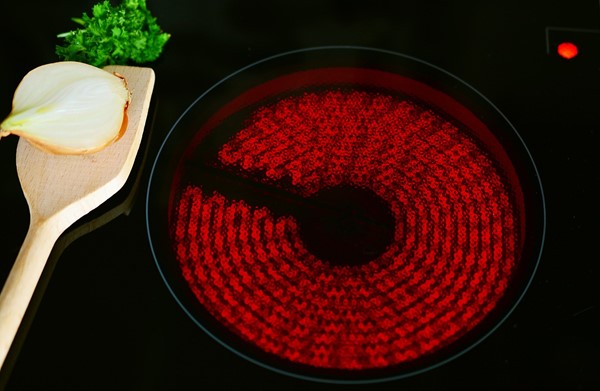
How do they work?
An electric cooktop connects to traditional electricity lines and uses tubular metal elements filled with resistance coils to heat the surface of a hot plate. When the element is heated, it glows red.
Advantages:
While gas can negatively impact the air quality inside a kitchen, electric hobs emit very little bad fumes, and when paired with a renewable energy source, can reduce a professional kitchen’s carbon footprint while maintaining good indoor air quality.
Modern electric cooktops can be as simple as a glass countertop fitted with dedicated hot plate sections. This can give a professional kitchen a beautiful modern look and is as easy to keep clean as an induction plate. As long as you wait until the hot plates have cooled down, it’s possible to use any material to wipe the cooktop surface. Electric cooktops are fitted with safety features and locks to prevent them from turning on at unexpected times.
Disadvantages:
While electric cooktops are the most affordable to purchase and install, and require no specific cookware equipment, the changing cost of electricity makes their operational costs unpredictable.
Although halogen elements and ceramic-glass surfaces are relatively energy efficient for short term use, they are less responsive to temperature changes and take time to heat up and cool down.
Unfortunately, electric cooktops are the least energy-efficient of the three options. The electric coils are unable to transfer heat across curved cookware that doesn’t sit flush with the elements, causing a lot of wasted heat and energy loss.
Electric cooktops contain a thermostat which monitors their heat and turns the coil on and off to regulate temperatures. While this prevents the surface from overheating, it uses additional electricity by continuously switching on and off, and can create inconsistent cooking temperatures.
Putting them to the test
When it comes to purchasing a cooktop, it’s important to consider the focus and priorities of the commercial kitchen in question. In general, if you prioritise energy efficiency, operational costs and ease of use, it seems that induction cooking is the best choice for traditional western commercial kitchens, followed by propane gas and electric cooktops.
While gas cooktops remain the most popular choice because of their worldwide familiarity and visual heating appeal, induction cooktops offer more accurate control over hot plate temperatures, as well as faster cooking times, lower operational costs, and less exposure to harmful fumes.

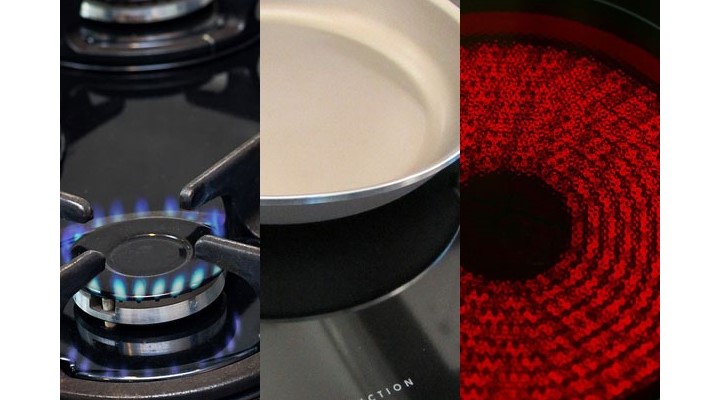
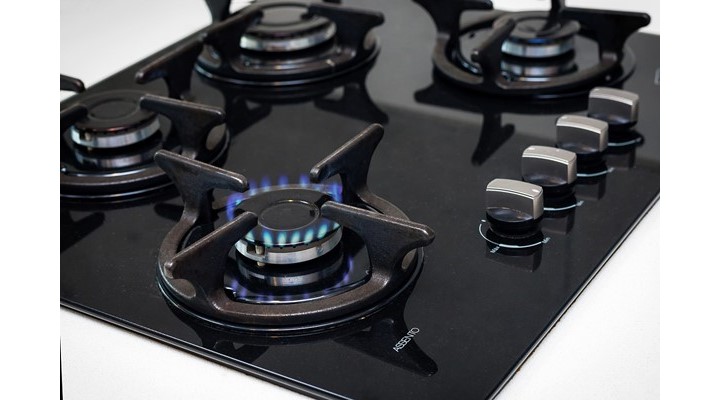
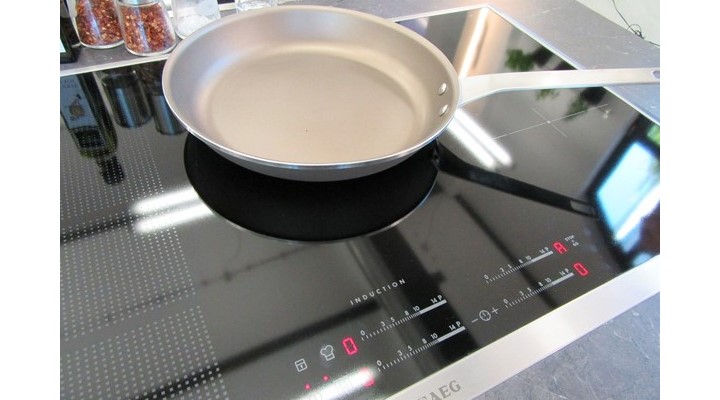
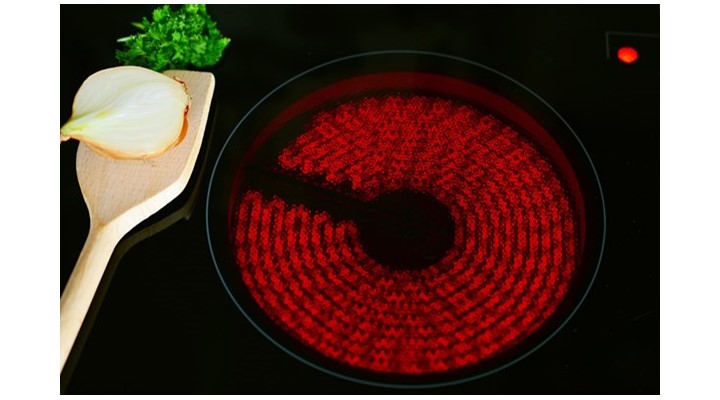
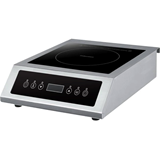
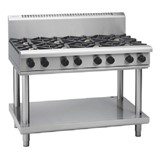

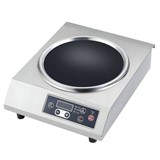
-160x160-state_article-rel-cat.jpg)



